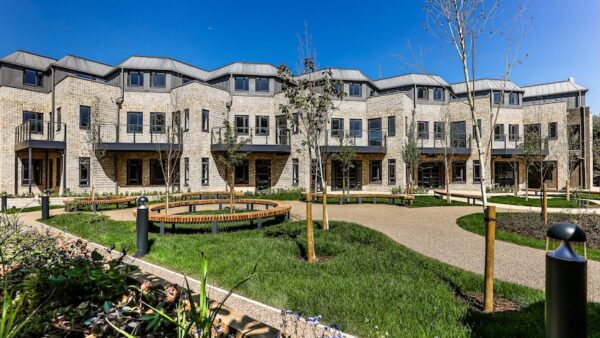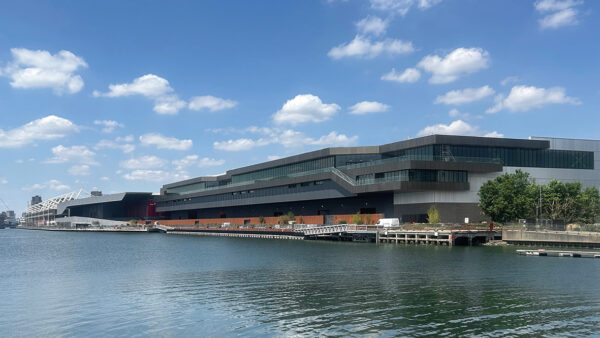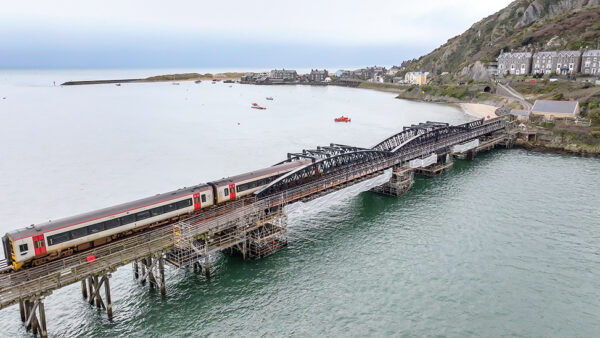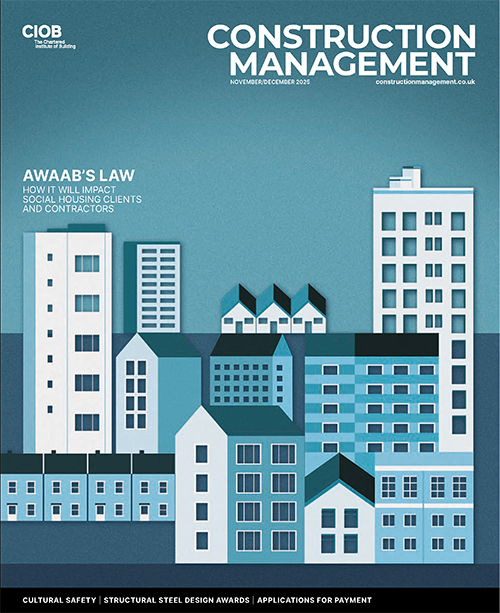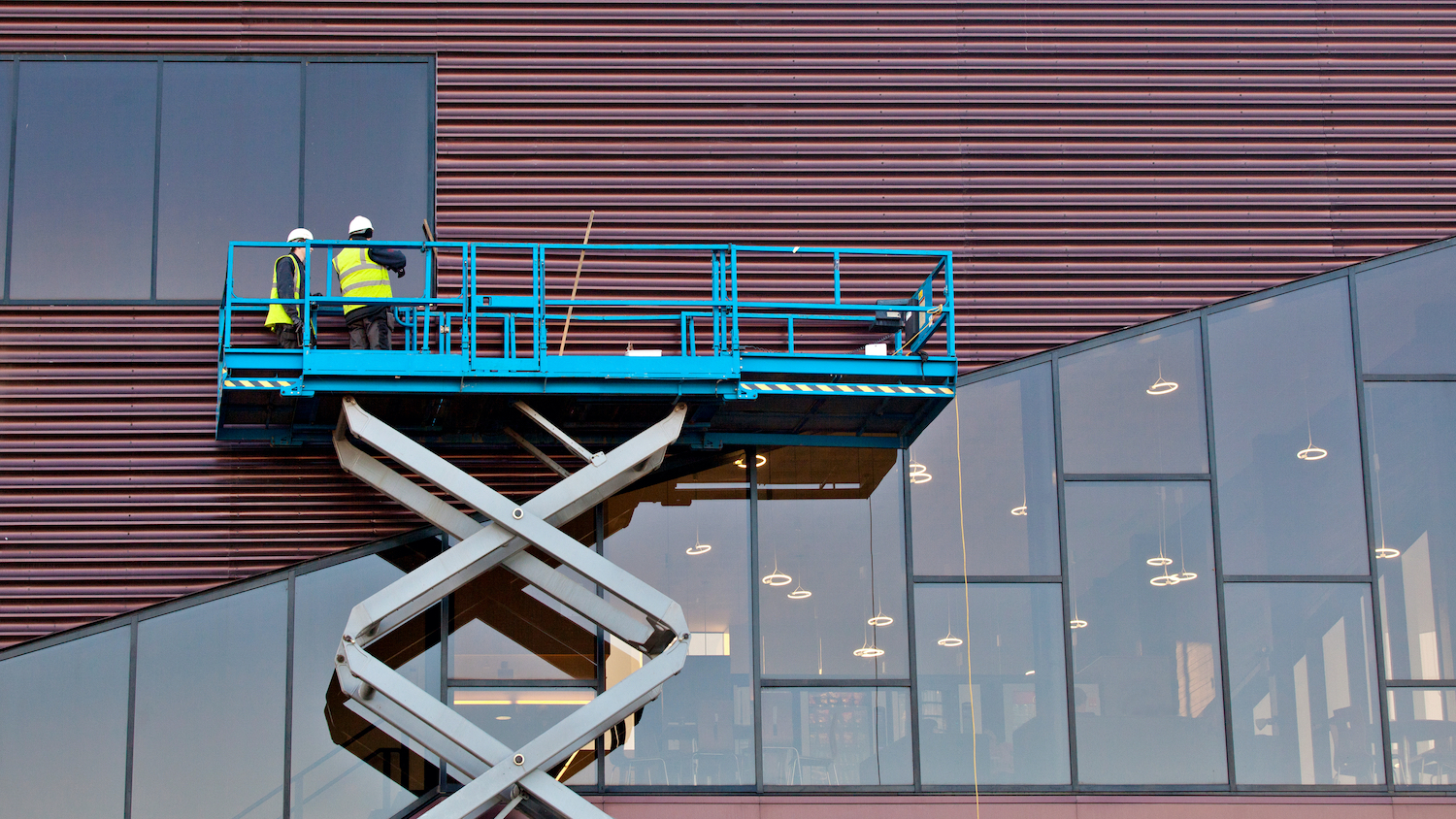Innovative modelling capabilities are enhancing performance-based fire engineering to maximise both safety and day to day functionality of new buildings, writes Mott MacDonald’s Tony Xie.
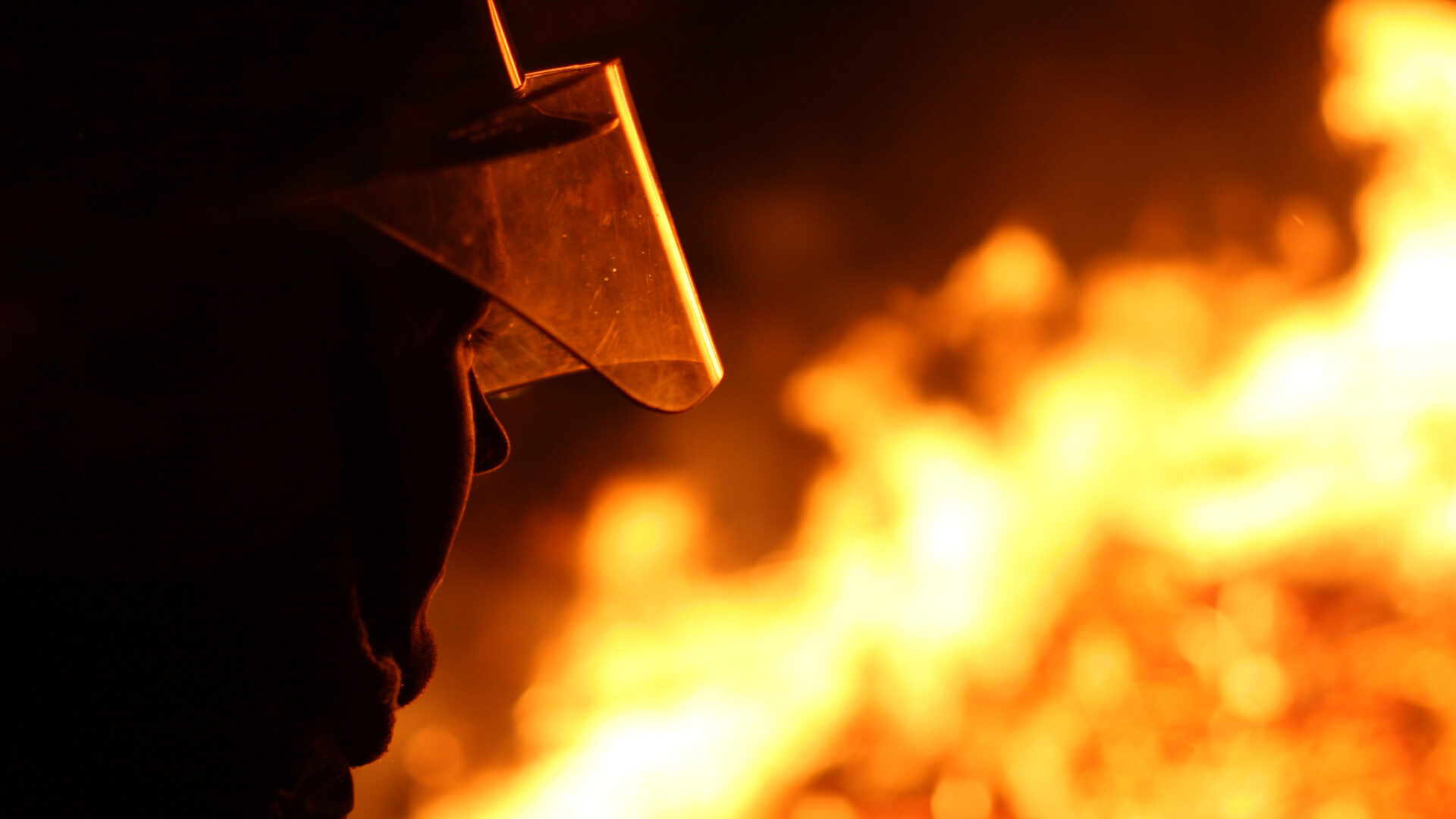
The tragedy of the Grenfell Tower fire, which claimed the lives of 72 people in 2017, put fire engineering in the headlines for all the wrong reasons and has led to significant changes in the sector with the Building Safety Act. When undertaken correctly, fire engineering can mitigate fire risks through design to offer protection for both property and lives, but there are two different approaches to do that.
There’s the conventional route of following regulations, or engineers can use performance-based fire engineering techniques.
Both have their place, but the latter uses modelling techniques and has always created greater opportunity for innovation while also meeting – and often exceeding – the ultimate aims set out in the regulations.
Today use of software such as Fire Dynamics Simulator, which is based on computational fluid dynamics (CFD), helps fire engineers to accurately model fire behaviour and smoke movement to assess the effectiveness of fire protection systems.
However, understanding the differences between the two approaches is essential to know when the additional analysis needed for performance-based fire engineering will offer the greatest returns for the building owner.
What is performance-based fire engineering?
Performance-based fire engineering is a design approach that tailors fire safety engineering solutions, rather than relying solely on prescriptive fire codes.
It involves use of scientific methods and fire modelling to demonstrate that a proposed design meets predefined fire safety objectives. It enables modern building design to be more innovative and reflect flexibility of use. Sometimes it can be the only practical way to achieve a satisfactory standard of fire safety in some large and complex buildings or in buildings containing different uses, where different building regulations apply.
To understand the difference between performance-based fire engineering and a code-based approach, it’s worth looking at how each would influence the design of a stadium concourse. Both approaches support enhanced safety, but in this stadium example there is a difference in terms of the commercial opportunities that can be developed.
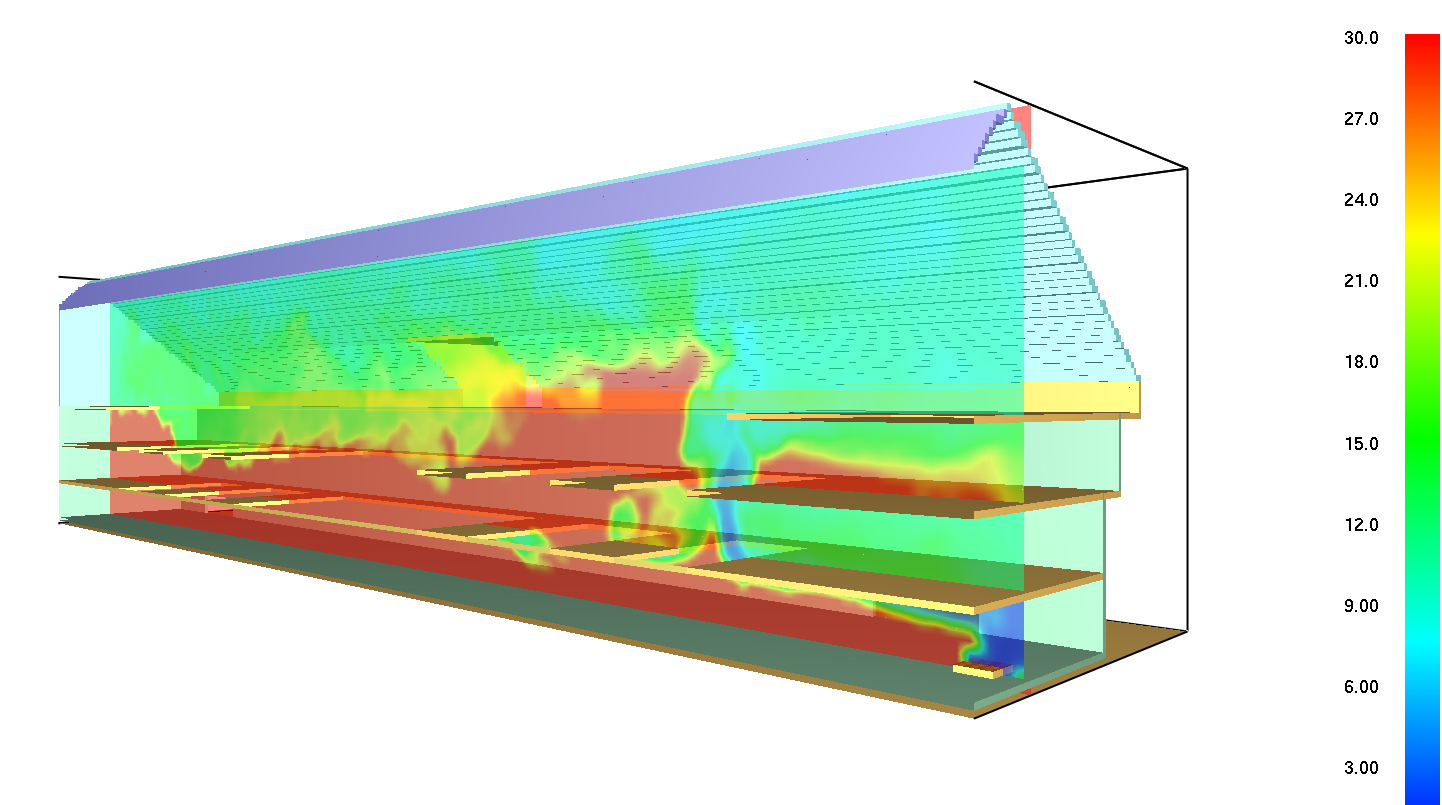
According to UK fire codes, stadium concourses should be fire-sterile, which means food and drink outlets must be fire-separated by being recessed into the concourse with an open front that can be sealed with shutters. This limits the number and location of outlets, resulting in long queues when the stadium is operational.
Using performance-based fire engineering allows designers to better use the space in the concourse to enhance user experience while also minimising the fire risk. For example, mobile outlets can be risk assessed to ensure they are designed using non-combustible materials and pose a low fire risk. This approach allows them to be included in a fire-safe zone and as part of the exit system.
Models used to demonstrate this design are based on a reasonable worst-case fire scenario to provide a fire and life safety solution capable of meeting three key criteria: temperature, visibility and toxicity. Demonstrating that these performance criteria can be kept within safe levels that won’t hamper evacuation is required to prove the solution will be effective.
In the stadium example, this approach also involves calculating how long it will take occupants to escape the stadium using the exit system from a free-flowing concourse area. Assessment of the available safe egress time against the legally required safe egress time is the essence of performance-based fire engineering, and it offers more scientific certainty than following a prescriptive approach only.
Putting performance into action
Since the first performance-based fire engineering regulations were issued in England and Wales in 1985, several supporting design guidance documents have been developed.
The Approved Document B (ADB) allows for alternative ways of demonstrating compliance with functional requirements in Building Regulations. Currently, performance-based fire engineering guides, such as CIBSE Guide E (2019) and BS 7974 (2019) are commonly adopted by fire engineers in the UK to undertake a performance-based fire engineering approach.
As well as using the correct guidance, ensuring engineers undertaking the analysis are suitably qualified and competent is also essential to avoid another tragedy like Grenfell. A reliable way to demonstrate such competency is to ensure a fire engineer is a chartered or incorporated engineer with a relevant professional engineering institution, such as the Institution of Fire Engineers, which is licensed by the Engineering Council in the UK.
Along with guidance, use of CFD-based analysis has helped to provide a more scientific approach, and its wider use has been transformative for acceptance of performance-based fire engineering for a broader range of buildings. Its increased use has also allowed for more tailored, cost-effective solutions that provide a suitable level of fire safety.
Further advances in technology and analytical capabilities are likely to result in additional growth in the use of performance-based techniques. However, challenges relating to technical competency and the regulatory framework must be addressed to fully realise the potential for complex modern buildings and infrastructure.
Examples of these challenges include the introduction of new technologies that present technical difficulties in addressing various fire risks beyond conventional prescriptive guidance to meet fire legislation. For instance, the increasing integration of solar panels as sustainable features in modern buildings and the rising concerns about upgrading existing buildings or constructing new ones to accommodate electric vehicles (EVs) with chargers.
In such cases, applying performance-based fire engineering techniques can deliver tailored fire safety solutions, especially where prescriptive fire guidance is limited or lacking. The capability demonstrates why performance-based fire engineering it set to increase as engineers look to keep safety in step with innovative building design.
Tony Xie is associate fire engineer at Mott MacDonald.





